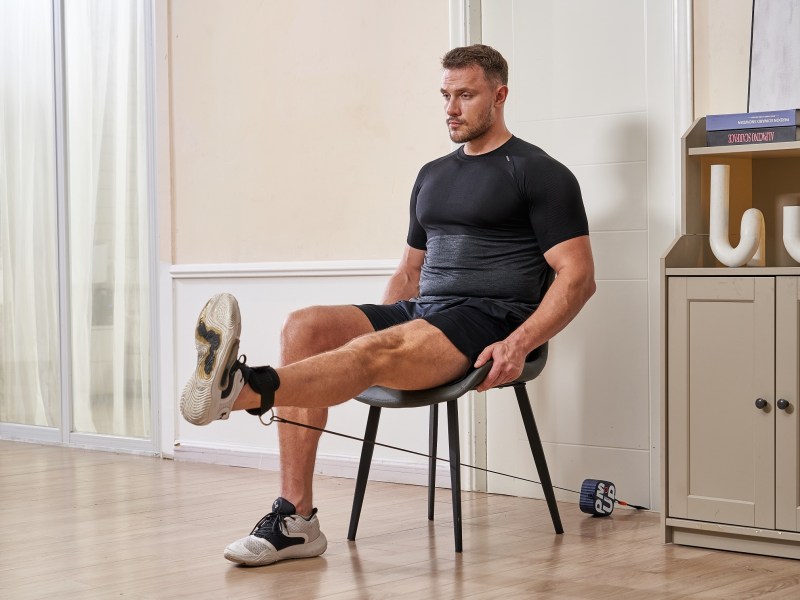
Did you know leg workouts can help improve your overall health? Most muscles in the human body are activated on a daily basis, but none more so than the muscles in the legs. This is mostly done through routine daily activities such as walking and climbing stairs. Because these muscles are used so often, it’s important to ensure that they’re up for the challenges of daily life, and this is why it’s essential to have a strong lower body developed by effective leg workouts.
The best way to accomplish this is by adding some leg exercises to your weekly workout regimen. There are plenty to choose from, and most are easy to execute, whether you’re a beginner or a fitness enthusiast. It also doesn’t take long to notice the many benefits of having stronger and toned legs.
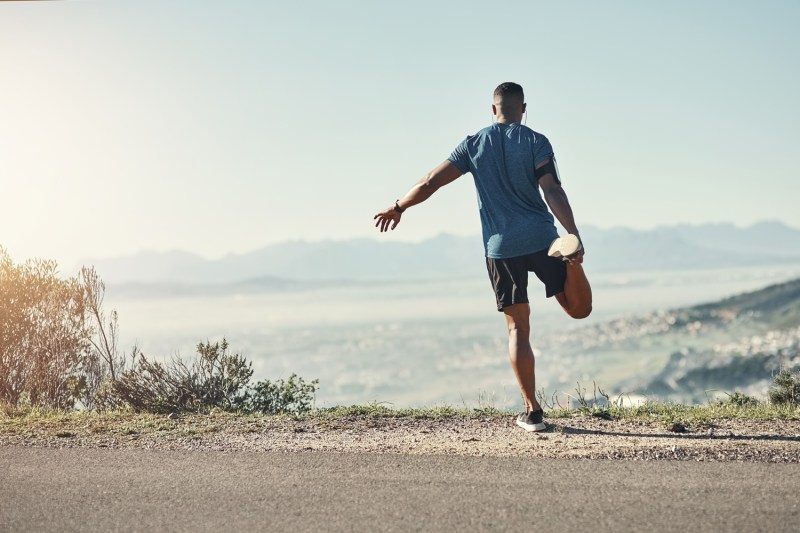
Benefits of having strong legs
Improved overall quality of life
Having strong legs can help improve your overall quality of life simply by making day-to-day activities easier to complete. Stronger legs can help you climb stairs, walk, and run without tiring out your legs or suffering muscle cramps.
Cramping can occur when individuals with weak legs are presented with numerous flights of stairs or long walks. As the muscles tire, they can become tense, leading to this painful condition. Having strong legs increases endurance, especially for those who add leg muscle strength training to their fitness routines. This decreases the chances of muscles tiring quickly and tensing up during normal daily activities.
Good posture
Having strong legs helps the body maintain a healthy posture because strong leg muscles help support the core of the body. Because strong leg muscles improve general balance, they also make slouching less likely. Strong lower back muscles are also needed to discourage slouching.
Better circulation
Most exercises get the heart pumping. The muscles in the legs are some of the biggest in the body, and when they’re worked, they need large supplies of oxygenated blood to help them perform. Because these muscles are some of the farthest away from the heart, the heart needs to pump blood harder, and this boosts overall blood circulation.
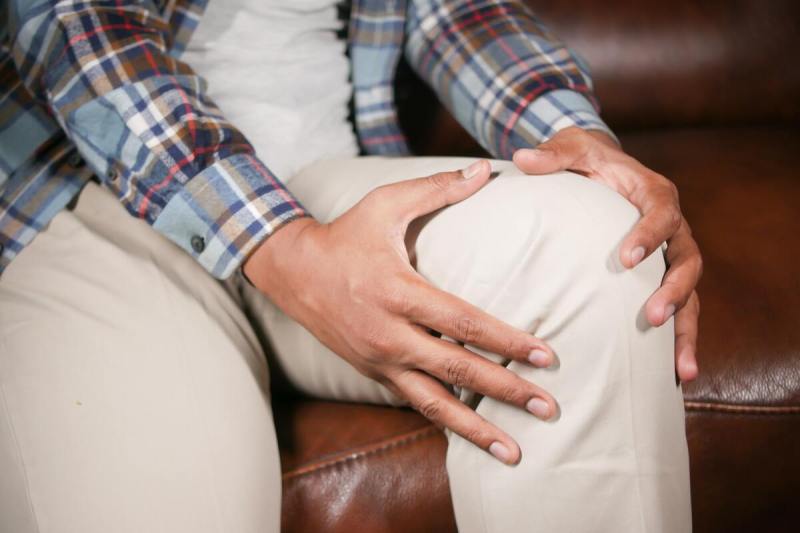
Why might someone want to avoid squats and lunges?
Squats and lunges are very popular and effective leg-strengthening exercises for the lower body, but they’re not suitable for everyone. If you’re nursing a knee injury or have chronic knee pain, you might want to find some leg workouts without squats or lunges.
Squats and lunges place extra pressure on the knee joints and could aggravate injuries or hinder the healing process. Those suffering from certain joint diseases that affect the knee, such as osteoarthritis, may also want to avoid squats and lunges.

7 effective lower body exercises for stronger legs
1. Wall sit
A wall sit can be done anywhere — all you need is a wall! This lower body exercise involves mimicking a sitting position but without the use of a chair. Instead, the wall acts as the back of a chair, and your leg muscles hold you in this sitting position.
Instructions:
- Stand up straight with your back pressed against a wall and with your feet hip-width apart.
- Bend your knees and slowly slide your back down the wall until you are in a sitting position. Once your hips are in line with your knees, this signals that you are in the correct seated position.
- Keep your back and neck straight, and avoid placing your hands on your thighs.
- Hold this position for a predetermined number of seconds or minutes.
2. Glute bridges
A glute bridge is also sometimes known as a hip raise. As the name suggests, it involves creating a bridge with your hips, with the glutes being the force that holds the bridge in place.
Instructions:
- Lie flat on your back on a gym mat with your arms by your side.
- Bend your knees until your heels are just a couple of inches away from your buttocks.
- Make sure to press your lower back into the mat because this allows for maximum core engagement.
- Slowly push your hips upward using your glutes to form a symmetrical bridge while keeping your back and neck straight.
- Hold the position for a few seconds, then release and let your glutes come back to the floor.
3. Deadlifts
Deadlifts involve lifting a weight from the ground to waist height. They’re great for targeting numerous muscles in the lower body.
Instructions:
- Stand facing the bar with your feet hip-width apart from the middle of the bar.
- Tip your pelvis back to straighten your spine.
- Squeeze your glutes and inner thighs together. This will help to engage your core, which in turn will prevent you from rounding your back with each lift.
- Hinge at your hips and bend your knees to come down and grab the bar with both hands. Make sure the bar is against your shin bones because if the bar is further away from you, it will cause you to lose the correct lifting posture and place unnecessary strain on the lower back.
- Your hands should be knee-width apart on the bar to help balance the deadlift.
- Keep your feet and toes firmly on the ground and look down. This will help keep the neck and spine aligned.
- Push your knees outwards to touch your arms, take a deep breath, and lift the weight to waist height. You should feel your glutes, hamstrings, lower back, and core all engage.
- Hold this position, then slowly return the bar to the ground by bending your knees.
- Do as many sets and reps as you are comfortable with.
4. Barbell hip thrusts
Barbell hip thrusts are an efficient exercise that primarily target the glutes.
Instructions:
- Sit on a gym mat with your shoulder blades and upper back supported against a bench. Your legs should be stretched out in front of you.
- Slide a weight bar towards you so the bar is resting on top of your hips at waist level.
- Bend your knees and firmly place your feet on the ground.
- Place your elbows on the bench top, and grip the bar with both hands shoulder-width apart.
- Push with your heels, core, and glutes to raise the bar up, until your knees form a 90-degree angle.
- Hold for a moment before bringing your hips down toward the floor.
5. Leg extensions
Leg extensions are a simple but effective exercise best done using a gym apparatus.
Instructions:
- Take a seat at the leg extension machine with your neck and back straight. Keep your arms straight by your side and grip the handles.
- Place your feet under the bar, hip-width apart.
- Use your quads to straighten your legs out and lift up against the pad.
- Pause at the top for a moment before releasing back into the starting position.
6. Hamstring curls
The hamstring curl machine allows you to isolate your hamstrings and properly work the muscle.
Instructions:
- Lie face-down on a gym bench. The bench designed for hamstring curls has hip support and is not flat, so your head will be slightly lower than your hips.
- Place the backs of your calves under the bar, and bend your knees to bring it close to your glutes.
- Relax back to the starting position before repeating the motion.
7. Weighted calf raises
Weighted calf raises target the calves and can be done with a machine or free weights.
Instructions:
- Grab a pair of dumbbells and hold one in each hand while standing tall.
- Keep your back straight and shoulders back as you lift up onto your toes.
- Hold here for a moment before dropping your heels back to the floor and repeating.
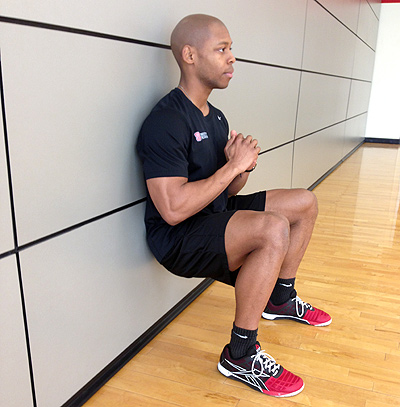
Leg workout example
- Deadlifts: 4 to5 sets of 6 to 8 reps
- Barbell hip thrusts: 3 to 4 sets of 10 to 12 reps
- Leg extensions: 3 sets of 12 to 15 reps
- Hamstring curls: 3 sets of 12 ti 15 reps
- Wall sit: 2 to 3 sets of 30 to 60 seconds

How often should I work out my legs?
Plan to work out your lower body as often as is realistic; you want to be consistent, but you don’t want to overcommit either. Two to three days per week is ideal for stronger, more toned legs.
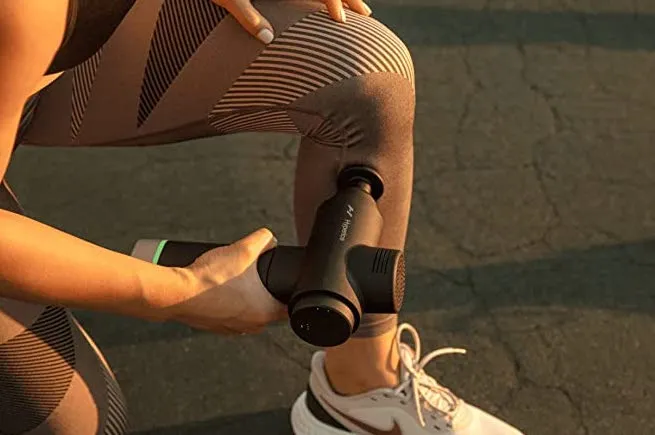
How to prevent injury during leg workouts
As important as the best leg workouts are for your lower body and entire body, whenever you begin new exercises or workout routines, it’s important to be aware of possible injuries, and not to overwork your body or muscles. Here are a handful of ways to prevent injury during your leg workouts:
- Prioritize proper form and technique.
- Begin with a warm-up to increase blood flow to your muscles and joints.
- Gradually increase the intensity and weight of your exercises, allowing your body to adapt over time.
- Maintain a neutral spine and engage your core to provide stability.
- Avoid locking your knees during exercises and focus on controlled movements.
- Incorporate stretching and foam rolling into your routine to enhance flexibility and reduce muscle tension.



